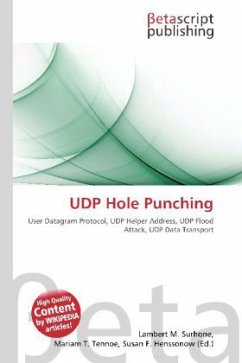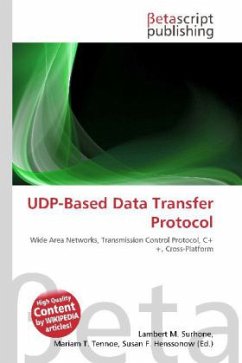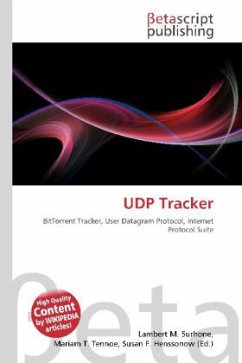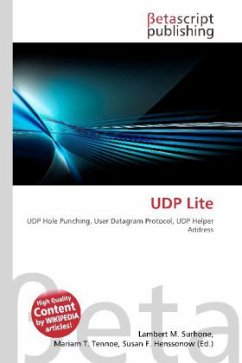Please note that the content of this book primarily consists of articles available from Wikipedia or other free sources online. UDP hole punching is a commonly used technique employed in network address translator (NAT) applications for maintaining User Datagram Protocol (UDP) packet streams that traverse the NAT. NAT traversal techniques are typically required for client-to-client networking applications on the Internet involving hosts connected in private networks, especially in peer-to-peer and Voice over Internet Protocol (VoIP) deployments. UDP hole punching establishes connectivity between two hosts communicating across one or more network address translators. Typically, third party hosts on the public transit network are used to establish UDP port states that may be used for direct communications between the communicating hosts. Once port state has been successfully established and the hosts are communicating, port state may be maintained by either normal communications traffic, or in the prolonged absence thereof, by so called keep-alive packets, usually consisting of empty UDP packets or packets with minimal non-intrusive content.
Bitte wählen Sie Ihr Anliegen aus.
Rechnungen
Retourenschein anfordern
Bestellstatus
Storno








